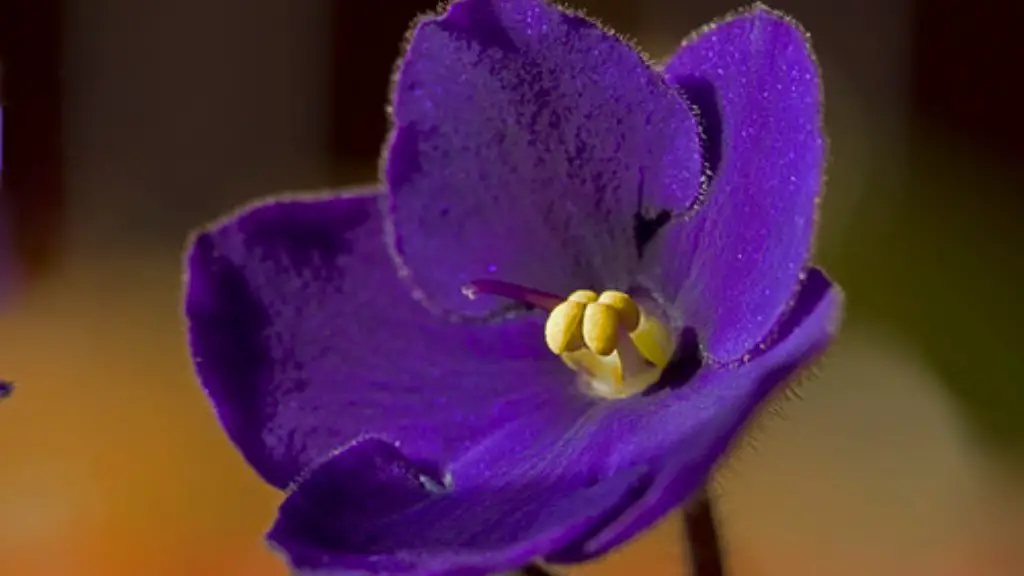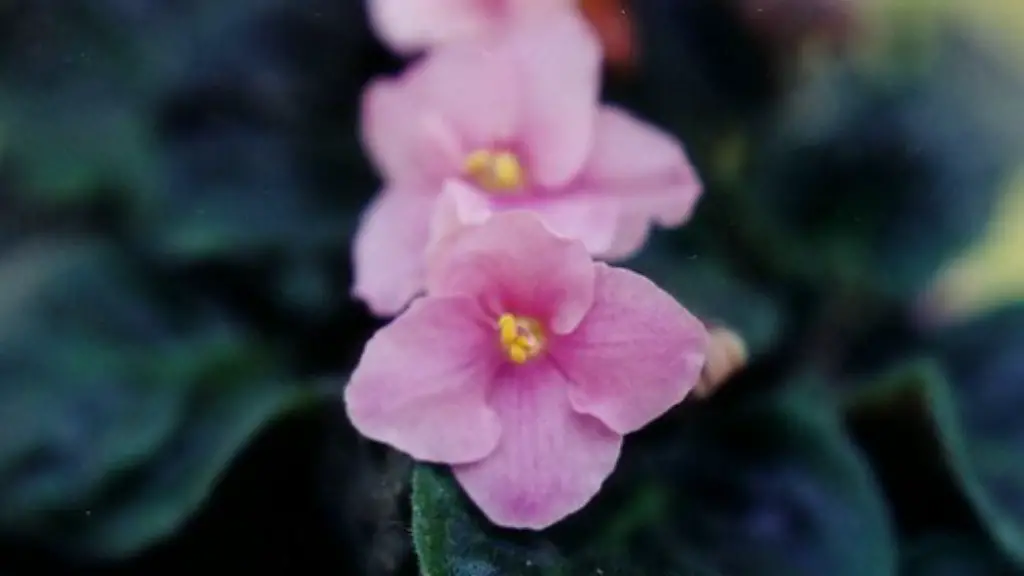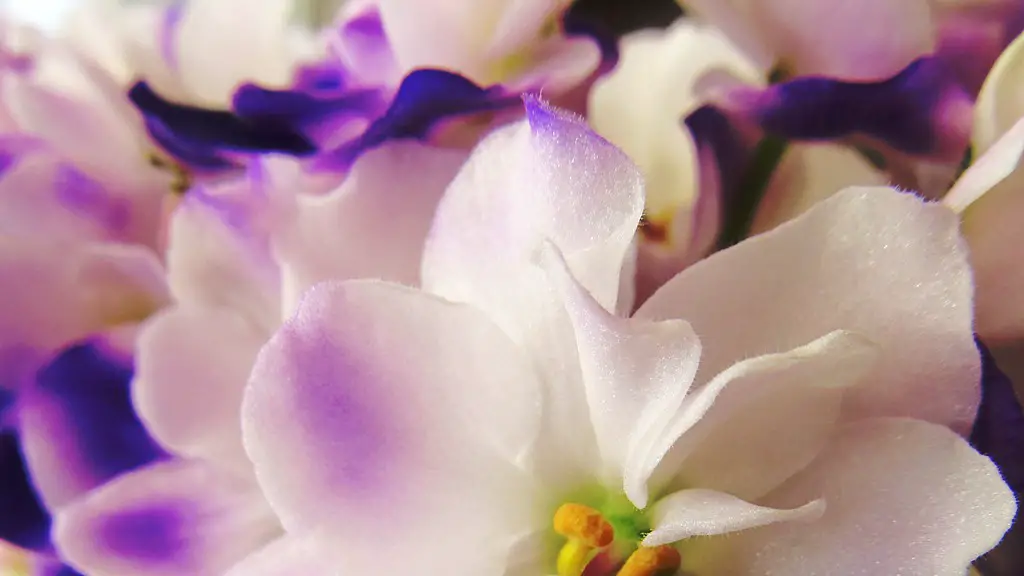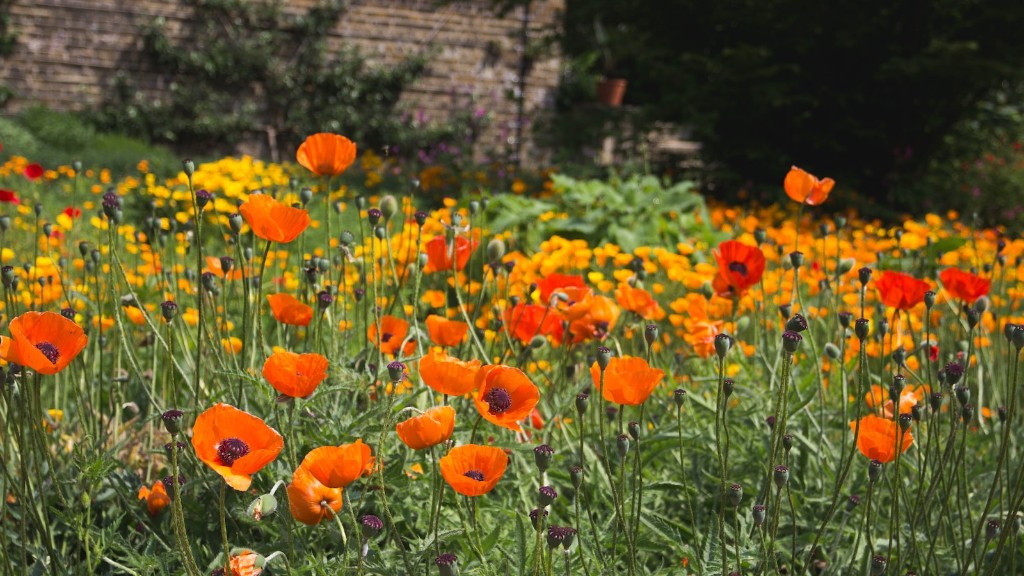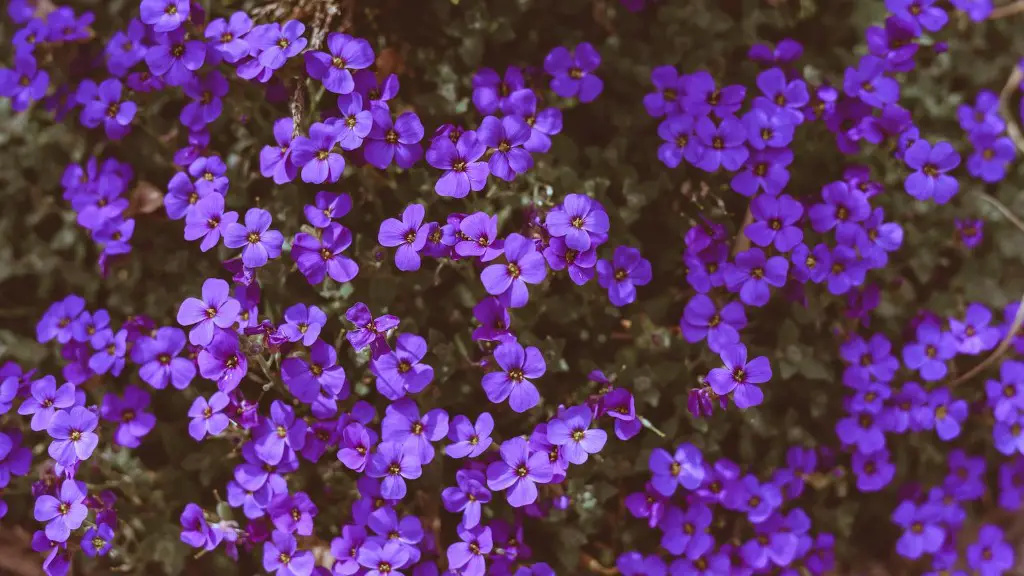An African violet is a beautiful and easy-to-care-for houseplant that will add color and life to any indoor space. Growing African violets is not difficult, but there are a few things to keep in mind in order to ensure success. First, African violets need bright, indirect sunlight in order to thrive. If your home does not get enough natural light, you may need to supplement with artificial lighting. Second, African violets require well-drained soil and consistent watering in order to prevent root rot. Be sure to water your plants firmly, but do not allow them to sit in water. Third, African violets benefit from regular fertilization. Use a water-soluble fertilizer specifically designed for African violets and fertilize every two weeks during the growing season. With a little care, your African violets will thrive and bring you years of enjoyment.
To grow and care for African violets, you will need:
– African violet potting mix
– A pot or planter
– A watering can or spray bottle
– A location that receives indirect sunlight
1. Fill your pot or planter with African violet potting mix, and make sure to leave enough space at the top for watering.
2. Water your African violet whenever the top of the soil feels dry to the touch. Use lukewarm water, and water directly into the potting mix until it begins to drain out of the bottom of the pot.
3. Place your African violet in a location that receives indirect sunlight. Too much direct sunlight can scorch the leaves, so a north- or east-facing windowsill is ideal.
4. Once your African violet is blooming, you can fertilize it every two weeks with a water-soluble fertilizer specially formulated for African violets.
Where is the best place to put an African violet?
Plants need sunlight to grow, but too much direct sunlight can be harmful. The best light for plants is bright, indirect light. A plant stand three feet away from a west- or south-facing window is an ideal location. Plants will still grow when situated right beside north- or east-facing windows, but leaves will be thin and spindly, and plants less likely to bloom.
A wicking system is a great way to make sure your African violets are never over watered. The system works by drawing water up from the bottom of the pot and into the soil, which then slowly releases the water to the roots of the plant. This ensures that the plant always has a steady supply of moisture, but that the roots are never sitting in water, which can lead to rot.
Should African violets be watered from the top or bottom
It is best to water African violets from the bottom. This allows the water to directly reach the roots without wetting the leaves. It is important not to use cold water; lukewarm or warm is preferred.
If you’re looking to grow African violets (Saintpaulia ionantha) indoors, you’ll need to provide them with bright, indirect sunlight. Too little sunlight will cause them to stretch for the light and produce few or no flowers, while too much sun can burn the leaves. An east-facing window is ideal, especially with a sheer curtain to block the sun’s harshest rays. African violets also need eight hours of darkness every night.
Is it OK to touch African violet leaves?
It’s true that too much handling can decrease plant quality and size, so it’s best to resist the urge to brush those lovely leaves.
It is important to water African violets carefully so that the crown of the plant does not become saturated and rot. Do not mist the foliage as this may cause permanent leaf spotting. Use room temperature water.
Can I water African violets with tap water?
If you’re not sure about the quality of your tap water, it’s best to err on the side of caution and use filtered or distilled water for your African violets. Chlorine, chloramines, and dissolved solids can all adversely affect these delicate plants, so it’s best to play it safe.
Coffee grounds are slightly acidic and contain nitrogen, which helps plants grow healthy foliage. Occasionally sprinkling used coffee grounds on top of your African violet potting soil can be good for the plant.
Can you spray water on African violets
To clean African Violet leaves, fill a spray bottle with room temperature or tepid water. Spray the leaves with water and clean the top and bottom part of the leaves using your fingers. You can also use the spray bottle method to clean the leaves with liquid soap.
If you are looking for a pot that is specifically designed to help keep your African violets healthy and hydrated, then a self-watering ceramic pot is a great option. These pots have an inner unglazed pot that allows water to slowly seep through to the soil, providing the perfect amount of moisture for these delicate plants.
How long will an African violet live?
African violets should be repotted every two to three years to ensure they have plenty of room to grow. Put your violets in a pot that’s about an inch and a half wider than the current one and use fresh potting mix. You can also add a slow-release fertilizer to the mix to give your plants a little boost.
An African Violet should be repotted when it becomes rootbound. This means that the Violet has outgrown its current pot and its roots are growing out and around the rootball.
What are the secrets to great African violets
African violets are fairly easy to care for, but they do have some specific lighting requirements. They prefer bright, indirect light and should be kept a few feet away from any bright south- or west-facing windows. An east- or north-facing window gives them the best lighting without the risk of burning their sensitive foliage. Artificial lighting works well, too.
Some people consider wild violets to be a lovely decorative plant for gardens and landscaping, while others consider them to be a bothersome weed because they display an aggressive behavior that is very hard to control.
How many times a year do African violets bloom?
African violets can bloom nearly year-round if you are able to provide the correct conditions. Expect your African violets to bloom 10-12 months each year. Each bloom lasts for about 2-3 weeks.
African violets are not only beautiful to look at, but their purple color can also have health benefits. Looking at the violet color has been shown to stimulate the release of adrenaline, which can raise energy levels and increase oxygen flow to the brain, helping you to relax.
Conclusion
To grow and care for African violets, you will need the following supplies:
-African violet potting mix
-A container for your African violet (a pot with drainage holes is ideal)
-A watering can with a fine-mist setting
Follow these steps to get started:
1. Fill your container with African violet potting mix, and make sure to leave enough room at the top of the pot for watering.
2. Water your African violet until the potting mix is evenly moistened. Be sure to use a watering can with a fine-mist setting, as African violets are sensitive to excessive water on their leaves.
3. Place your African violet in a bright location, but out of direct sunlight.
4. Once a week, water your African violet again, being sure to evenly moisten the potting mix. You may need to water more frequently during summer months, or if the potting mix dries out quickly in your home.
5. If you see any leaves that are yellow or brown, you can remove them by gently twisting them off at the base.
6. Once every two to three weeks, give your African violet a light fertilizer,
In order to grow and care for African violets, you will need to water them regularly and keep them in a warm, humid environment. Additionally, it is important to fertilize African violets regularly and to provide them with plenty of light. By following these simple tips, you can ensure that your African violets will thrive.
